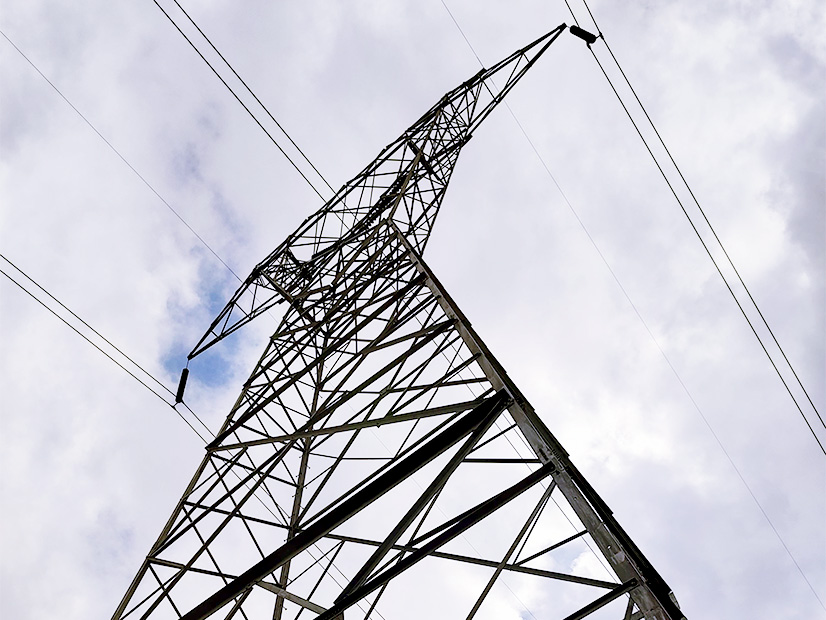The Department of Energy and FERC already have enough authority to site necessary transmission lines under existing laws even without additional congressional action, the authors of a paper on the subject said in a webinar Monday.
Building a New Grid without New Legislation: A Path to Revitalizing Federal Transmission Authorities was first published in late 2020, but it is being included in this year’s Environmental Law and Policy Annual Review, an annual joint publication from the Environmental Law Institute (ELI) and Vanderbilt University Law School.
Two of its authors, Isabel Carey, an associate at Marten Law, and Justin Gundlach, an attorney at the Building Decarbonization Coalition, spoke during the webinar hosted by ELI and the law school.
The article was published just as the national conversation around transmission was starting to shift, Gundlach said.
“Failing to develop more regional and interregional transmission capacity would mean leaving the power sector’s shoelaces tied together and constraining burgeoning efforts to build clean energy capacity,” he said. “This was true when we started writing our article years ago. But it is even more true now.”
The Inflation Reduction Act offers voluminous incentives to clean energy that are expected to accelerate the pace of renewable development, but ensuring that happens requires grid expansion, he said.
The Biden administration is aware of that, and the paper’s other two co-authors are now working at the U.S. Department of Energy: Sam Walsh is the agency’s general counsel and Avi Zevin is a deputy general counsel for energy policy.
The federal government has had backstop siting authority since the Energy Policy Act of 2005, but that tool had been collecting dust on the shelf for years until recently. The law allowed DOE to designate National Interest Electric Transmission Corridors (NIETCS), and FERC was given authority for backstop siting in the absence of state action.
The first attempt to implement the policy drew very wide corridors covering huge swaths of Southern California and the entire Mid-Atlantic, said Carey.
The U.S. 9th Circuit Court of Appeals found in California Wilderness Coalition v. U.S. Department of Energy that the agency had insufficiently coordinated with the states in determining the broad NIETCs. The court also said DOE failed to study the NIETCs’ environmental impacts as required by the National Environmental Policy Act, Carey said.
“Both of these were procedural errors that could have been fixed with additional time and resource devotion,” Carey said. “But DOE abandoned any attempt to re-designate the two quarters and has not attempted any designations since.”
The 4th Circuit limited FERC’s authority in a 2009 decision in Piedmont Environmental Council v. FERC, which found the commission could not overturn a state’s denial of a transmission line in an NIETC. That was fixed in the Infrastructure Investment and Jobs Act of 2021, which reversed the court’s finding and gave FERC the authority to approve national interest lines rejected by state regulators, said Carey.
FERC cannot act until states have a year to review transmission, but it is able to review proposals at the same time as states, which is a much more efficient process, she added.
DOE just released a new draft of a National Transmission Needs Study, which sets the groundwork for future corridor designations.
“To address one of the problems that the failed corridor designations faced, our paper suggested that national corridors should be designated more narrowly, ideally with specific projects in mind,” Carey said. “By focusing the designated corridors, we could better tee up projects to apply for citing permits.”



